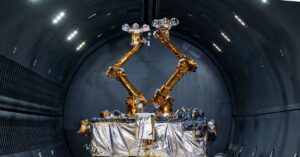
740 Filipino Seafarers Attacked In Red Sea And Gulf Of Aden, DMW Confirms
November 14, 2024
U.S. Sanctions 26 Iranian Oil Smuggling Networks Funding Terror Groups
November 15, 2024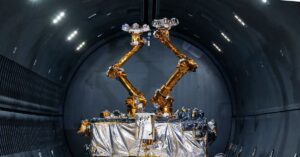
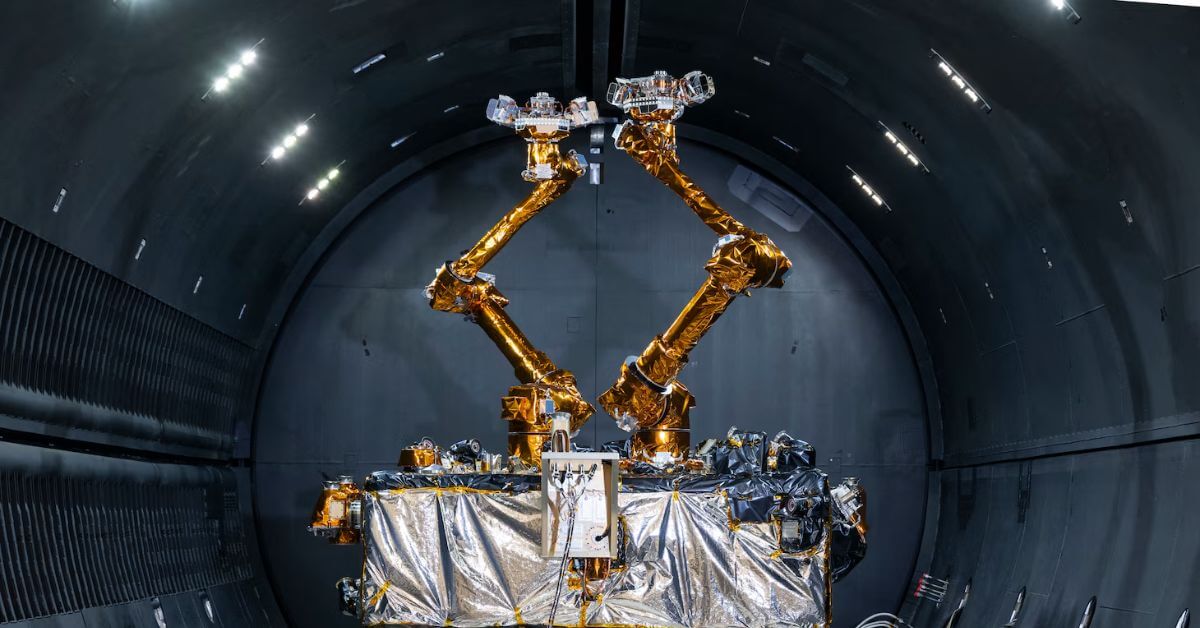
The U.S. Naval Research Laboratory (NRL) and the Defense Advanced Research Projects Agency (DARPA) have built a revolutionary robotic system designed to repair and upgrade satellites in space.
The research center has developed the robotic servicing of geosynchronous satellites (RSGS) Integrated Robotic Payload (IRP).
Upon completion, the system was delivered to Northrop Grumman’s SpaceLogistics, a commercial partner of DARPA, for integration into their Mission Robotics Vehicle (MRV).
The payload is set to launch in 2026. The RSGS Robotic System underwent extensive thermal vacuum testing to confirm if it can withstand the harsh space conditions.
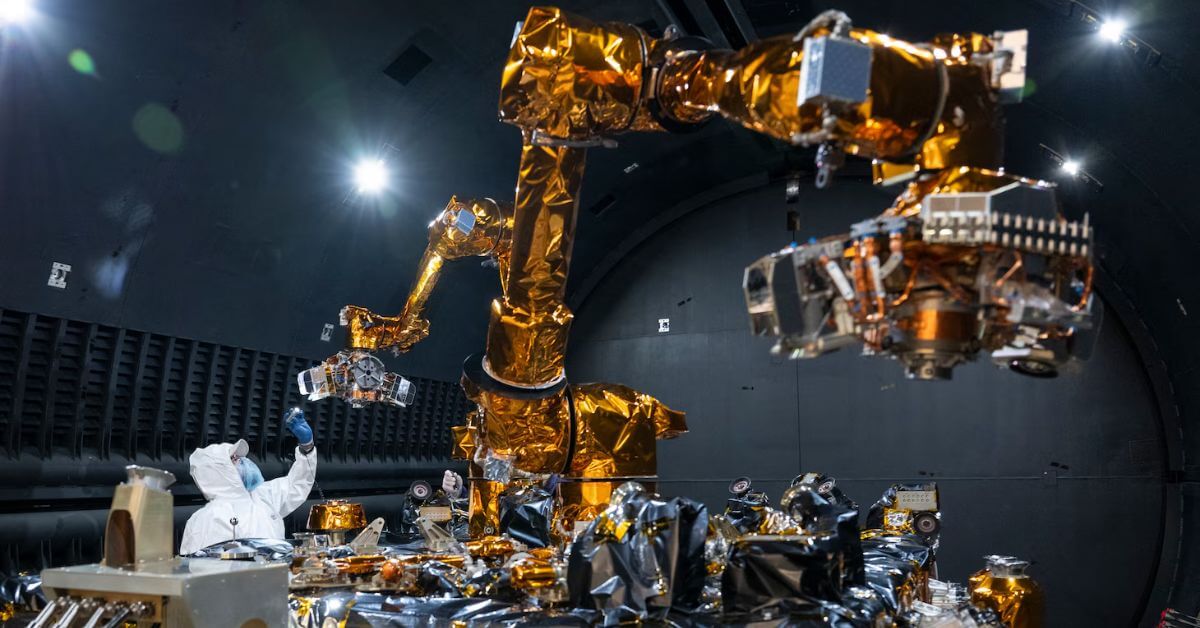
Engineers tested its avionics, cameras, robotic arms, and communication systems under simulated on-orbit conditions.
The tests were essential to prove robotic servicing capabilities in geosynchronous orbit, which is 22,000 miles above Earth. NRL researchers have focused on the transformative potential of this technology.
It could make possible in-orbit repairs, upgrades and inspections, reduce costs for satellite operators and extend the lifespan of multi-billion dollar assets.
Dr. Bruce Danly, the Director of Research at NRL, said such capabilities could transform the national security and commercial space operations.
Satellites are often overdesigned with backup systems and excess fuel to compensate for their inability to undergo maintenance after launch.
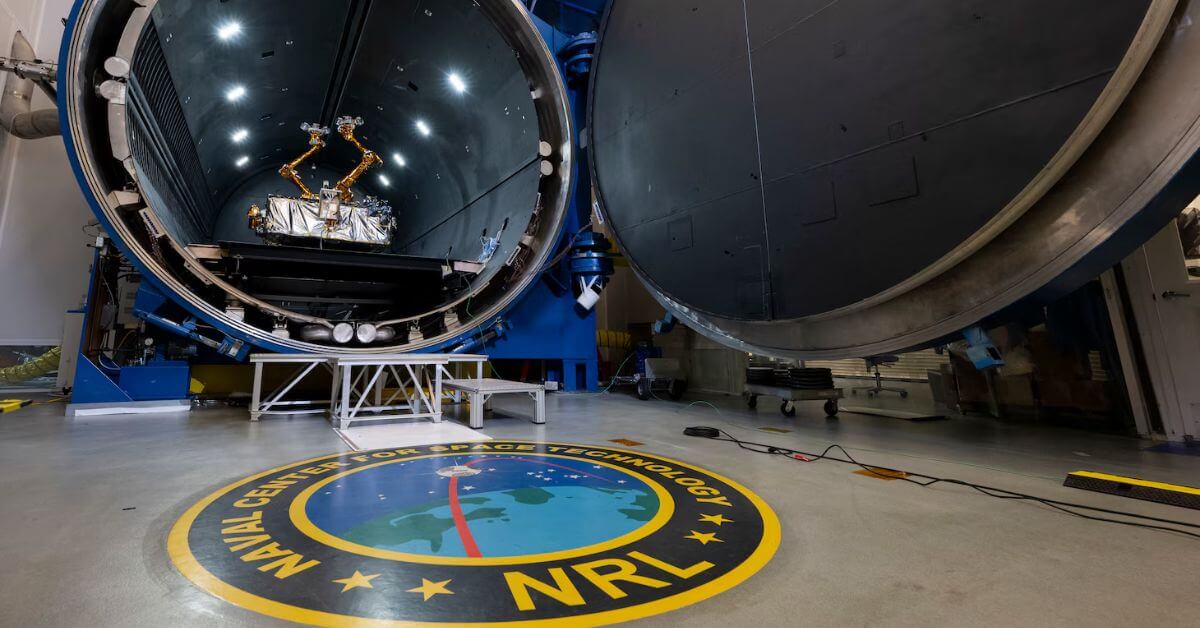
The RSGS program allows satellites to receive real-time hardware upgrades and orbital adjustments, resulting in more efficient and cost-effective space missions.
The superintendent of the NRL’s Spacecraft Engineering Division says that the robotic system includes advanced controls and hardware that allow it to perform precise servicing operations.
This technology is expected to benefit various sectors, from military to commercial communications.
The NRL team has spent about a decade to complete this first-of-its-kind robotic servicing payload. William Vincent, the program manager, described the completion of testing and delivery as a major milestone.
He compared shipping the IRP to Dulles to sending a child to college.
Once launched aboard Northrop Grumman’s MRV, the robotic system will undergo final calibration before starting its servicing missions.
Reference: U.S. Navy
Source: Maritime Shipping News


